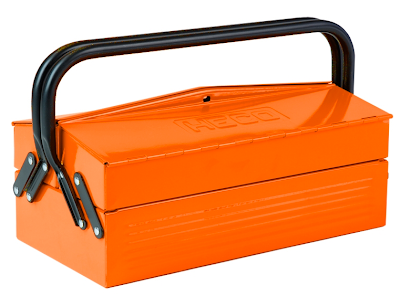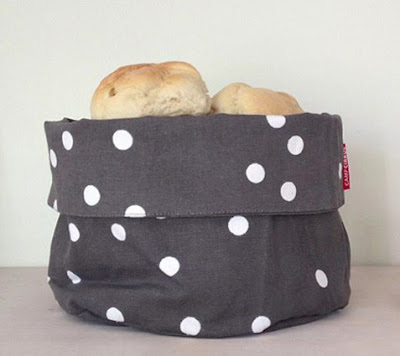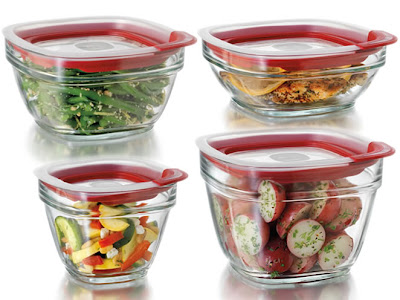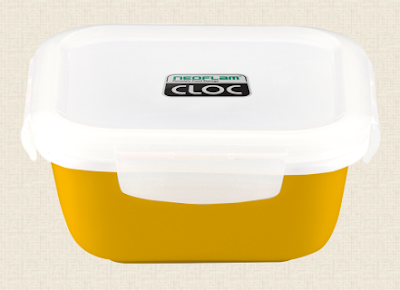 Grey's self-portrait, from his Subbable page.
Grey's self-portrait, from his Subbable page.
If you don't know
C. G. P. Grey, you may want to go watch his best-known video:
The Difference between the United Kingdom, Great Britain and England Explained. I’m not usually a fan of YouTube videos, but I really enjoy Grey’s; they're both educational and entertaining, and it's obvious a lot of care has gone into producing them.
So I was intrigued when Grey announced he was doing a new podcast with
Brady Haran called
Hello Internet, and I decided to listen. Again, I'm not a fan of most podcasts that have a couple people talking to each other, but I’m really enjoying these. And I was surprised to keep hearing bits of organizing-related insight.
Perfectionism
In
Podcast #1, Grey lists
all the things he got wrong in the U.K. video I mentioned above. Which brings us to this quote from the podcast:
I want the videos to be perfect, but ... the cost of perfection is infinite in terms of time and in terms of resources.
Grey says that if YouTube allowed you to replace a video with a new version, and keep the same link, he'd only have one video up instead of the 38 explanatory videos he
does have up; he'd keep finding little things in that U.K. video that needed to be improved. So constraints can sometimes help us fight perfectionism!
Work/Life Balance
In
Podcast #3, the main topic is work/life balance. Grey talks about his four-lightbulb imperfect analogy for managing time. He pictures these four bulbs: family, friends, health and work. You have enough energy to put out 100 watts of power, and these are all 100-watt lightbulbs. So what do you do? Run them all, dimly, at 25 watts? Focus mostly on one? But this involves “making harsh, uncomfortable decisions about where you're going to cut.”
Grey acknowledges that as he moved into self-employment, he consciously chose to put zero of his energy into health, a tiny amount into friends, and about 20% into family (his wife); the work lightbulb got about 80% of his energy. He's just now making changes and giving some energy to health. He wasn't happy about ignoring other parts of his life, but decided not to feel guilty about it; the choices were just what he needed to do, for some period of time, to be successful in a new work venture.
Brady raises a different work/life balance issue: Can he ever switch off the work lightbulb entirely, and be totally focused on family or friends? Grey concurs: For example, it's hard to watch TV with his wife without having his mind going to ideas for new videos.
Our Relationship with Stuff
Podcast #5 was fascinating, because the two men have such different attitudes to stuff. Brady’s office is full of memorabilia: a teddy bear from his childhood, an old-fashioned telescope, a bunch of stones collected from places around the world, etc. He sees a person's home as “a museum of you.”
And that horrifies Grey, who says, “I feel like every object that is in my visual sweep acts like a tiny burden on the mind.” (In
Podcast #6 he says he’s
not the minimalist some of us perceived him to be; he’s a functionalist.) Grey enjoys moving, because, he says, it’s “a great excuse to purge as many physical items from my life as I possibly can.” He encourages people to not give him gifts for birthdays and such, saying “the best gift you can give me is nothing.”
This podcast even includes a shout-out to the TV show
Hoarders! Grey goes on to say that while hoarders have a hard time letting go, his wife says he’s the opposite of a hoarder — he has too
easy a time letting go.
Email
Brady and Grey both get a lot of email, and have very different approaches for handling it, as described in
Podcast #6. Grey checks email twice a day; Brady checks it about every 15 minutes. Grey goes through his email messages rapidly; each message is either responded to immediately, flagged for follow-up later, or archived. (Most messages just get archived.) The ones flagged for follow-up are those that need a reply, but not right now; he may deal with those once a week (as he did when he was a teacher) or after he finishes his current project (now that he’s self-employed), but he always deals with them in batches. Brady doesn’t have such a structured process.
Questions to Ponder
What’s nice about these podcasts is they bring up issues that relate to organizing, but there’s no definitive answer — just two smart people sharing their perspectives. And this lets each of us ponder how we feel about these topics. Do we swing too far into perfectionism? What kind of work/life trade-offs are we making, consciously or not, and how do we feel about them? Would we personally prefer Grey’s somewhat minimalist home, or Brady’s office — and why? Do we have a way of handling email that works for us?
If you’re at all intrigued, check out the podcasts! They cover much more than these organizing tidbits, including stories of being wrong on the internet (and in print) in Podcast #1, and a discussion of copyright issues in Podcast #2.






















